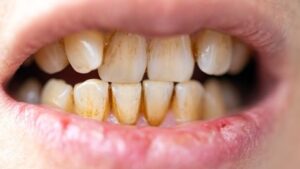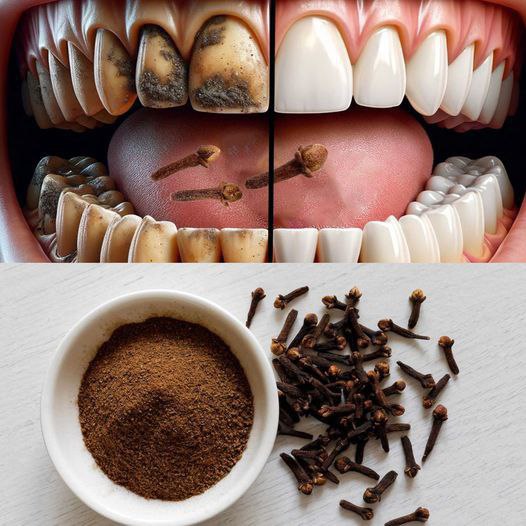Emotionally Resonant Opening
Picture this—you’re ready to take that perfect selfie, but as you glance at your reflection, something catches your eye. That familiar yellowish film clinging stubbornly to the edges of your teeth? It’s no ordinary dirt; it’s the buildup that threatens not just your confidence but also your oral well-being. Yes, we’re talking about plaque and tartar. These silent invaders can creep up without warning, leading to more serious issues like cavities or gum irritation if ignored.
But here’s the good news—you don’t have to let them ruin your smile. With the right knowledge and tools, you can effectively combat these nuisances and keep your pearly whites shining bright. In this guide, I’ll walk you step-by-step through understanding what causes these buildups, recognizing their signs, and most importantly, how you can get rid of them for good. Let’s dive in!
Section 1: Understanding Plaque and Tartar
Subheading: What Exactly Are Plaque and Tartar?
Plaque is essentially a sticky layer made up of bacteria that forms naturally on your teeth after eating or drinking. Think of it as a microscopic colony thriving off the remnants of food particles and saliva. While it might sound harmless initially, when left unchecked, plaque hardens into tartar—a much tougher substance that clings firmly to your teeth and requires professional intervention to remove.
Here’s why eliminating both is so critical:
- Plaque produces acids that erode tooth enamel, paving the way for cavities.
- Tartar irritates gums, potentially causing inflammation and even gum disease over time.
Key Data/Source: Did you know that nearly half of adults aged 30 and above suffer from some form of periodontal disease linked directly to plaque accumulation? This statistic highlights just how prevalent—and preventable—these problems are.
Section 2: Recognizing the Signs
Subheading: How Do You Know if You Have an Issue?
The earlier you catch plaque and tartar, the easier they are to manage. Here are some red flags to watch out for:
- Discoloration: Notice any yellow or brown stains near your gumline? That’s likely tartar buildup.
- Bad Breath: Persistent odor despite regular brushing? Plaque could be the culprit.
- Swollen Gums: If your gums bleed easily while flossing, it might indicate underlying irritation caused by tartar.
- Sensitivity: Experiencing discomfort when consuming hot or cold items? This could stem from enamel erosion due to prolonged plaque exposure.
By staying vigilant, you give yourself a head start in addressing potential concerns before they escalate.

Section 3: Strategies to Combat Plaque and Tartar
Subheading: Step-by-Step Guide to Tackling the Problem Head-On
Now that you understand what you’re dealing with, let’s explore practical ways to eliminate buildup on your teeth. Below are actionable steps tailored specifically for you:
1. Brush Thoroughly
Brushing remains one of the simplest yet most effective methods for controlling plaque. Use fluoride-infused paste combined with a soft-bristled brush to avoid damaging your enamel. Aim for two sessions daily, each lasting at least two minutes. Remember to angle the bristles toward your gumline for optimal cleaning.
Pro Tip: Consider investing in an electric toothbrush designed to deliver superior results compared to manual alternatives.
2. Floss Without Fail
No matter how diligent you are with brushing, there will always be crevices between your teeth where plaque hides. Enter flossing—an indispensable ally in reaching those tricky spots. Whether you prefer traditional string floss or modern water-based systems, make sure to incorporate this habit into your routine.
3. Rinse Smartly
Antibacterial mouth rinses serve as excellent complements to brushing and flossing. They help neutralize lingering germs and freshen breath simultaneously. Opt for alcohol-free versions if sensitivity poses a concern.
4. Explore Natural Alternatives
For those inclined toward holistic approaches, certain home remedies prove surprisingly effective against plaque. Take oil pulling, for instance—it involves swishing coconut oil around your mouth for 10–15 minutes to draw out toxins and reduce bacterial activity. Another option includes baking soda mixed with water, which gently polishes surfaces while balancing pH levels.

